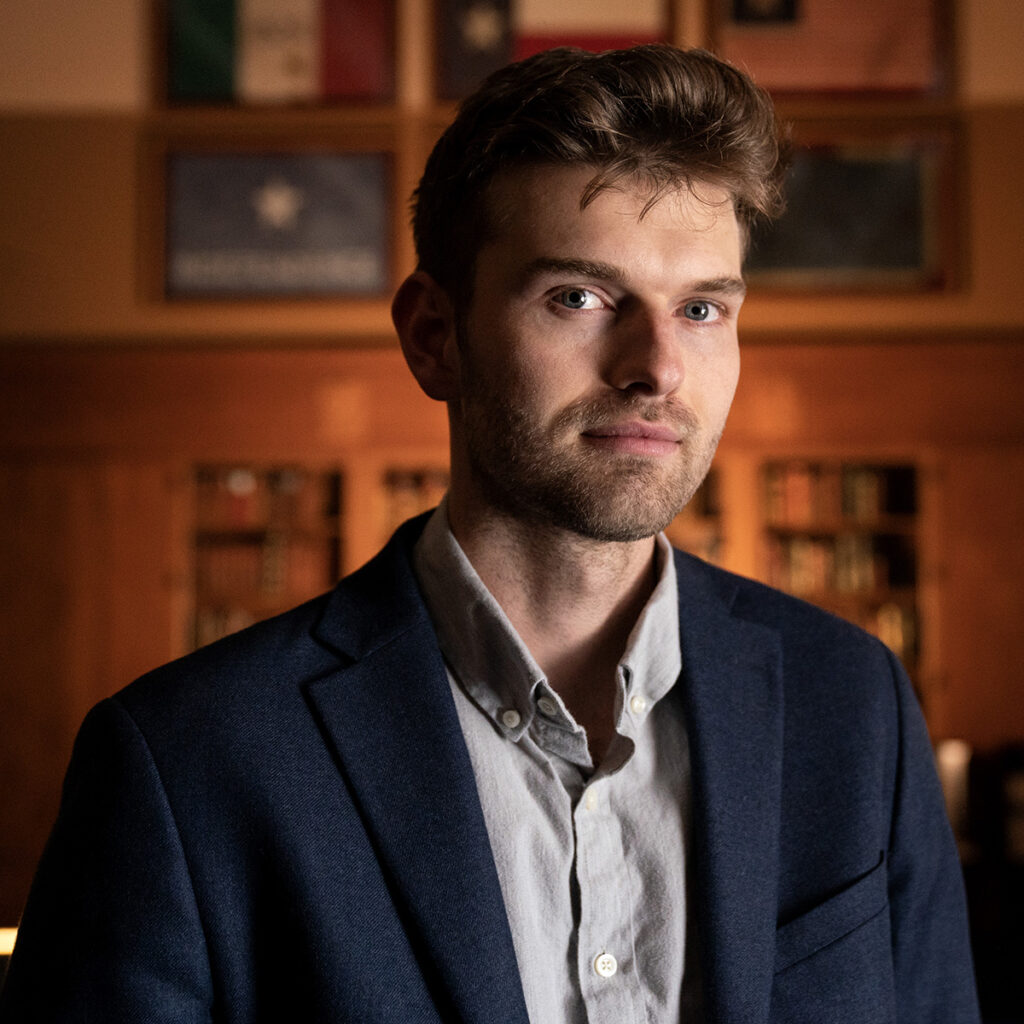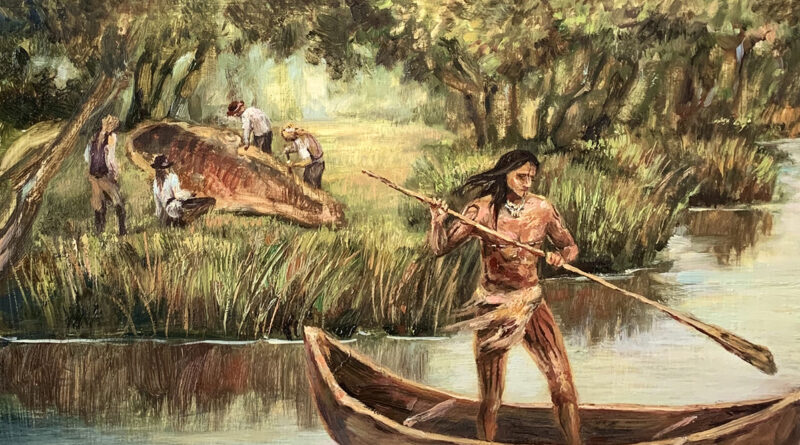Karankawa Descendant Dubs Student ‘Friend Giving Back’
As a fourth grader, SMU history graduate student Tim Seiter became fascinated by the Karankawas, a coastal Indian tribe unique to Texas.
No wonder. His Texas history textbook described the Karankawas as long-extinct 7-foot cannibals who gobbled like turkeys.
Years later, as a budding historian, Seiter discovered that much of what he had learned as a 10-year-old was myth.
Together with Karankawa descendants, he is working to correct their historical record.
Alex Perez, a Karankawa descendent and author of a book that captures the Karakawan language, has given Seiter a name in the tribe’s native language that translates to “Friend Giving Back.”
Myths about the Karankawas date to these first failed conquerors, explained Seiter, who has read the correspondence from Spanish explorers and missionaries to the Spanish government depicting the Karankawas as demons.
“They created propaganda to justify their failed attacks,” he said.
By the 1820s, however, disease, pressures from other Indian groups, and a changing environment reduced the once 8,000-strong Karankawa population to about 500. Frequent attacks from Anglo-Americans and Tejanos drove the Karankawas from the coast and deeper south into the Rio Grande Valley until 1858, when a Tejano force massacred what was thought to be the last of the Karankawas.
But it wasn’t the end, Seiter said. “By that time, many Karankawas had moved south to Mexico, joined other tribes, or were forcibly assimilated into white society. Women and the children were usually the ones that survived.”


Seiter’s post-elementary school study of the Karankawas began as an undergraduate at the University of Houston after he selected the coastal Indigenous culture as the subject of a website project in 2017.
“I thought the Karankawa were extinct,” he said. “Every resource I read said they were extinct.”
After the website went up, to his surprise, Seiter began hearing from Karankawa descendants. The young history major, who until then intended to devote his career to Russian studies, changed his course.
Further research has debunked many myths. Archaeological studies found that Karankawas’ height averaged 5-foot, 8 inches, taller than most Europeans at the time, but not 7 feet tall. The Karankawas practiced ceremonial cannibalism to absorb their foes’ power symbolically, but the practice ended by the late 1600s. And making sounds like turkeys? Seiter has found nothing to support that myth.
NASA knowledge app
Over the past four decades, NASA sensors have collected hundreds of terabytes of Earth science data. Imagine if an artificial intelligence (AI)-powered digital assistant like Alexa could quickly sift through that data to answer scientific questions.
Engineering professor Jia Zhang recently earned a patent along with NASA collaborators for MATA (Sanskrit name for the Earth). The personalized, virtual Earth science research assistant allows users to ask questions through a computer or mobile phone.
“Our goal is to help scientists leverage collective knowledge and data to better understand the Earth and climate change,” Zhang said.









